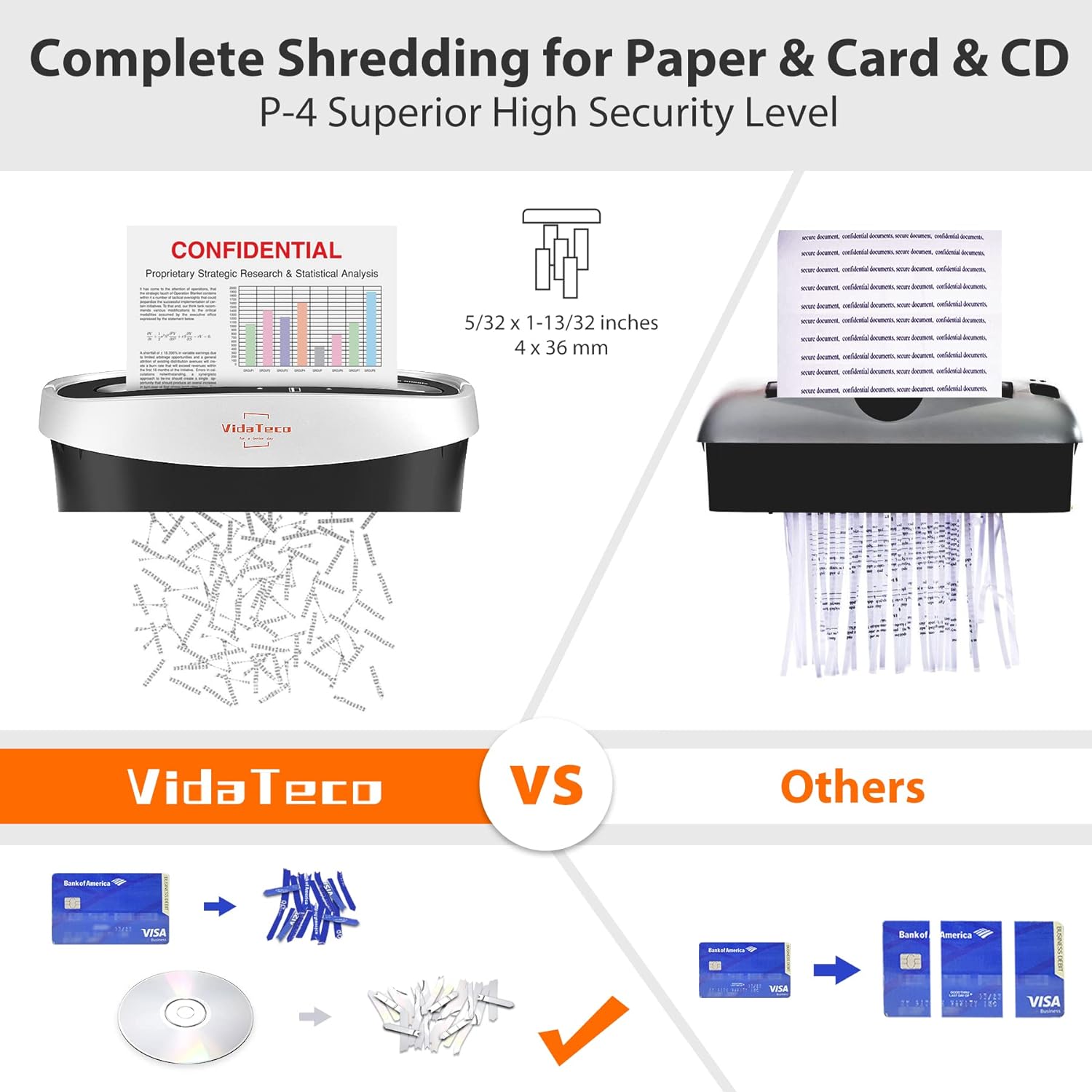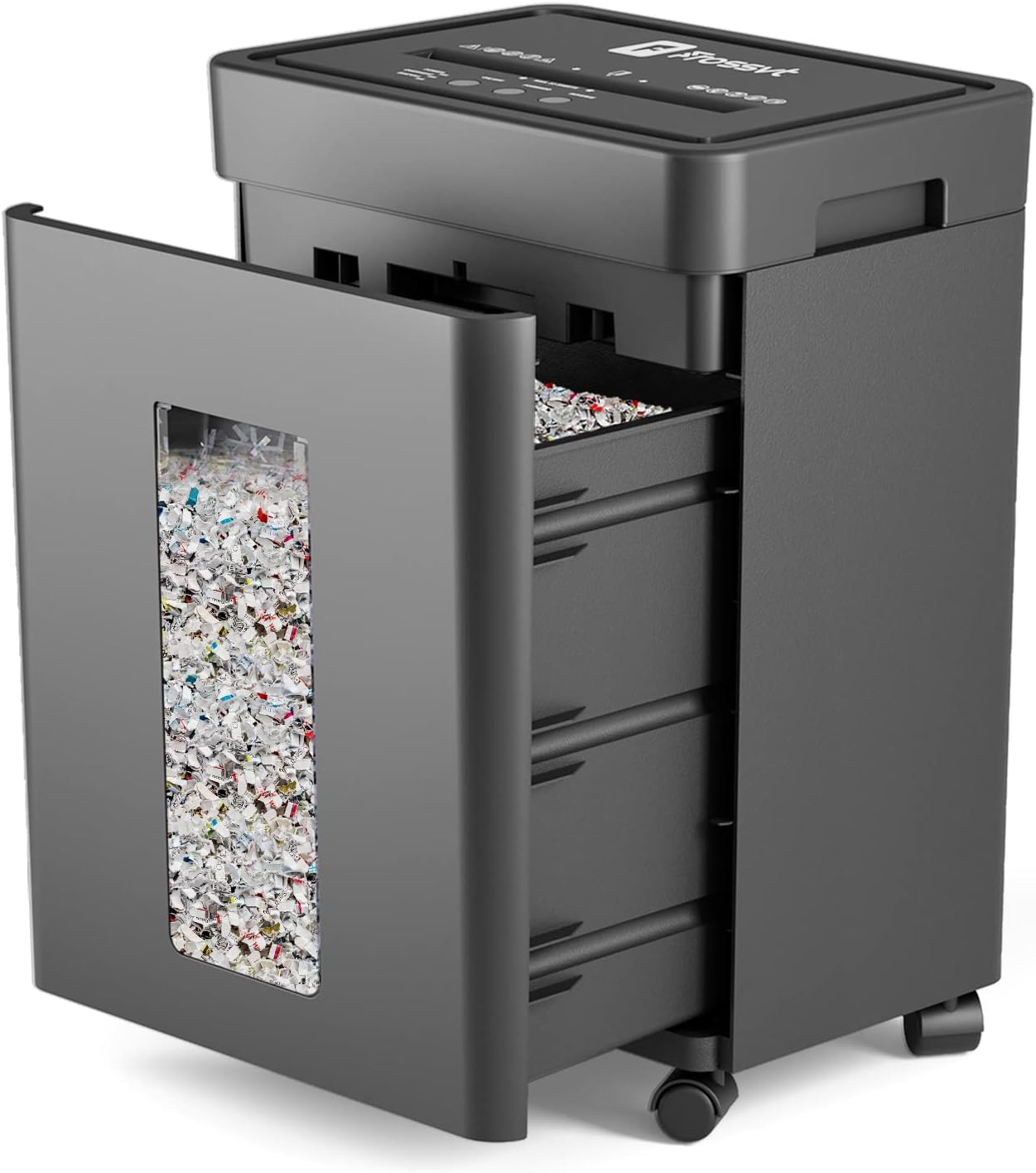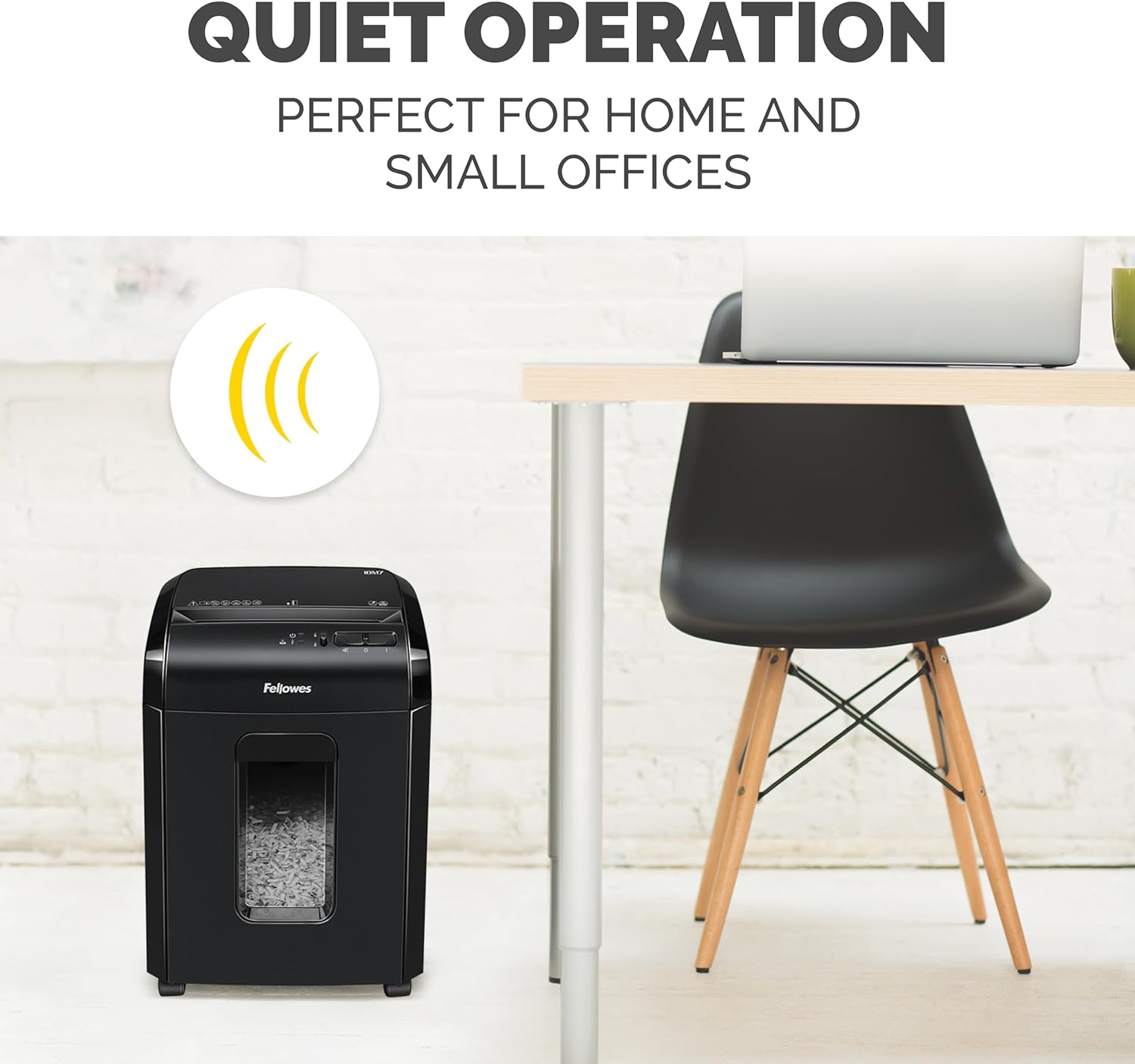Looking to invest in a new shredder but unsure of where to start? Choosing the right shredder can seem like a daunting task, but fear not, because we’ve got you covered. In this article, we’ll guide you through the process of selecting a good shredder that suits your needs. So whether you’re looking to safeguard your confidential documents or simply declutter your space, keep reading to discover our tips and tricks for finding the perfect shredder for you.
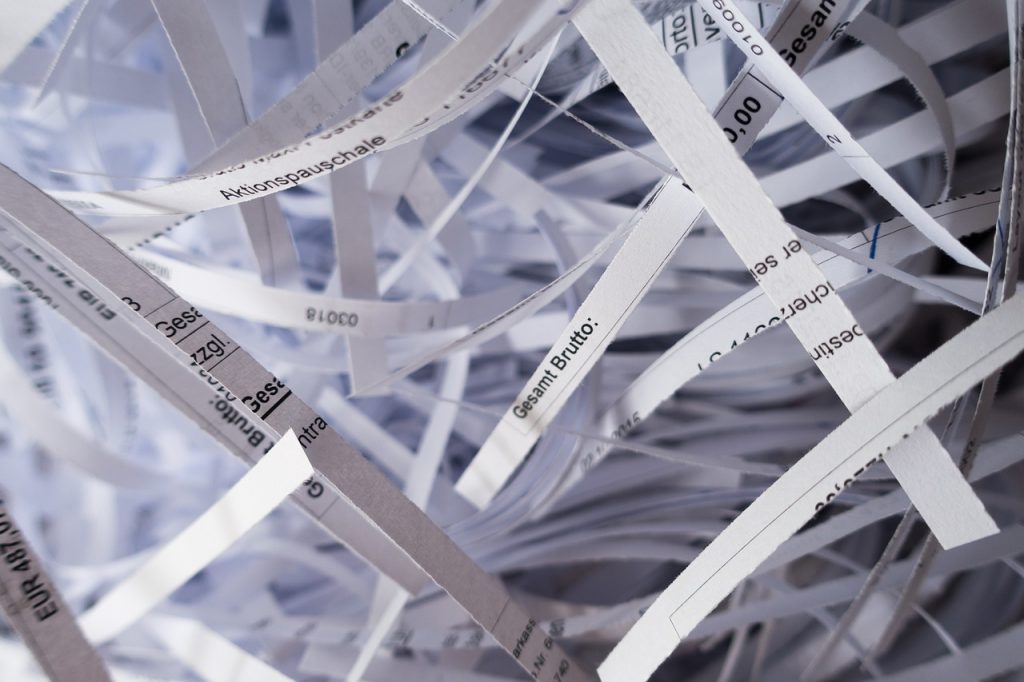
Types of Shredders
Strip-Cut Shredders
Strip-cut shredders are a basic type of shredder that cuts documents into long, thin strips. These shredders are ideal for everyday, low-security shredding needs. They are commonly used in home offices or small businesses where the main concern is disposing of confidential documents without the need for high-level security. Strip-cut shredders are typically more affordable than other types and can handle a higher volume of paper.
Cross-Cut Shredders
Cross-cut shredders offer a higher level of security compared to strip-cut shredders. They cut documents into small confetti-like pieces, making it much more difficult for anyone to reconstruct the shredded information. Cross-cut shredders are suitable for both personal and business use, especially when dealing with sensitive or confidential documents. The shredded particles are compact, allowing you to empty the bin less often than with strip-cut shredders.
Micro-Cut Shredders
Micro-cut shredders provide the highest level of security among all shredder types. They finely shred documents into tiny particles, significantly reducing the possibility of data recovery. Micro-cut shredders are commonly used in government agencies, financial institutions, and organizations dealing with highly sensitive information. While they offer the best security, micro-cut shredders often come with a higher price tag and a lower sheet capacity.
Shredder Capacity
Sheet Capacity
The sheet capacity of a shredder refers to the number of sheets of paper it can shred simultaneously. This capacity varies across different models and is an important factor to consider based on your shredding needs. If you frequently have large stacks of paper to shred, it is recommended to choose a shredder with a higher sheet capacity. Keep in mind that exceeding the sheet capacity may cause jamming or overheating, so it is essential to choose a shredder that can handle your workload efficiently.
Bin Capacity
The bin capacity refers to the amount of shredded material that the shredder’s waste bin can hold. A larger bin capacity reduces the frequency of emptying and allows for continuous shredding without interruption. If you often shred large volumes of paper, it is advisable to select a shredder with a spacious bin capacity to avoid constant disposal.

Security Level
P-2 Security Level
P-2 security level shredders provide basic document destruction by cutting papers into long strips, offering a low level of security. They are suitable for shredding non-sensitive documents that do not contain personal or confidential information. P-2 security level shredders are commonly used in situations where the primary concern is disposing of documents without the need for stringent protection.
P-3 Security Level
P-3 security level shredders are ideal for shredding personal and business documents that may contain sensitive information. They offer a medium level of security by cutting paper into cross-cut particles. P-3 shredders make it significantly more challenging for someone to piece together shredded documents, providing reasonable privacy protection for most applications.
P-4 Security Level
P-4 security level shredders provide increased security by further reducing the size of shredded particles. They are suitable for organizations handling confidential information, such as medical records or legal documents. P-4 shredders offer a higher level of protection against unauthorized data retrieval.
P-5 Security Level
P-5 security level shredders offer very high levels of security by finely shredding documents into small particles. They are commonly used in environments where data protection is crucial, such as government agencies or large corporations. P-5 shredders provide a significant level of safeguarding against potential data breaches.
P-6 Security Level
P-6 security level shredders offer an extra layer of security beyond P-5 shredders. They achieve this by shredding paper into particles that are even smaller, making the retrieval of information virtually impossible. P-6 shredders are often used in highly sensitive environments where utmost confidentiality is required.
P-7 Security Level
P-7 security level shredders provide the highest level of security available in the market. These shredders cut paper into the tiniest particles, leaving no room for data recovery. P-7 shredders are typically utilized in top-secret government agencies and highly confidential corporate settings, where the protection of intellectual property or classified information is of utmost importance.
Shredder Speed
Feet Per Minute (FPM)
Shredder speed is measured in feet per minute (FPM) and refers to how quickly the shredder can process paper. Higher FPM values indicate faster shredding speeds, allowing you to complete your shredding tasks more efficiently. Shredders with higher FPM ratings are particularly beneficial when dealing with large quantities of paper or in a busy office environment.
Pages Per Minute (PPM)
Pages per minute (PPM) is another measure of shredder speed, specifically indicating the number of pages the shredder can process in a minute. This metric is especially useful for determining the efficiency of continuous shredding. Shredders with higher PPM ratings can handle larger shredding volumes within a given timeframe, enabling you to complete your shredding tasks more quickly.
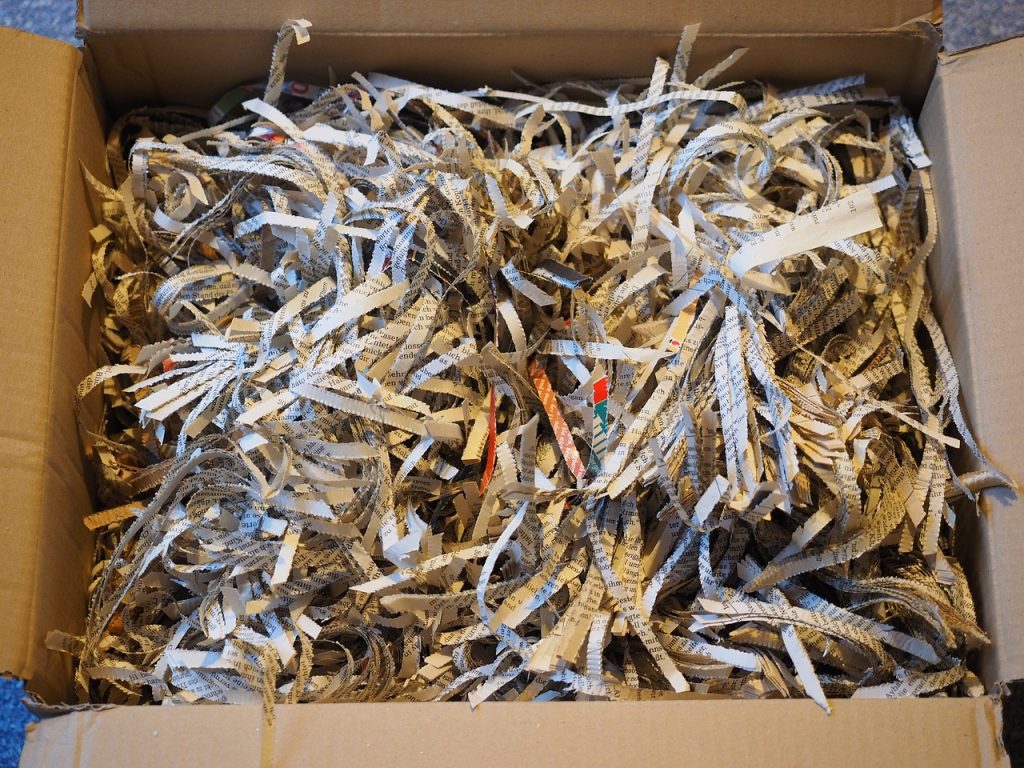
Shredder Run Time
Continuous Run Time
The continuous run time of a shredder refers to the duration it can operate without requiring a cooldown period. Shredders with continuous run time allow for uninterrupted shredding, which is particularly beneficial when dealing with large shredding tasks or in a busy office environment. If you have high-volume shredding needs, it is recommended to choose a shredder with a longer continuous run time to ensure seamless operation.
Duty Cycle
The duty cycle represents the ratio of the shredder’s operating time to its cooldown time. For example, if a shredder has a duty cycle of 50%, it means it can run for 5 minutes before requiring a cooldown period of 5 minutes. Duty cycle is an important consideration for heavy-duty shredders that need to handle large quantities of paper continuously. Choosing a shredder with a suitable duty cycle ensures optimal performance and prevents overheating or motor damage.
Shredder Size
Desktop Shredders
Desktop shredders are compact, portable, and designed to fit on your desk or table. They are suitable for personal use or small office settings where space is limited. Desktop shredders often have a lower sheet capacity and bin capacity compared to standard or commercial shredders, but they provide convenience and ease of use for occasional shredding tasks.
Standard Shredders
Standard shredders are larger in size and built for moderate to heavy-duty shredding needs. They often offer higher sheet and bin capacities, longer run times, and more advanced features compared to desktop shredders. Standard shredders are commonly found in medium-sized offices or businesses where regular document shredding is required.
Commercial Shredders
Commercial shredders are heavy-duty machines designed for high-volume shredding in large office environments or centralized shredding stations. These shredders feature robust construction, high sheet and bin capacities, long run times, and advanced security levels. Commercial shredders are built to handle intensive shredding needs effortlessly.
Additional Features
Auto Feed
Auto feed is a convenient feature that allows you to load a stack of papers into the shredder’s tray, and it automatically feeds the sheets, eliminating the need for manual feeding. This feature is especially useful when you have a large quantity of documents to shred and want to save time and effort. Auto feed shredders are available in various sizes and capacities, catering to both personal and commercial needs.
Reverse Mode
The reverse mode is a handy feature that helps clear paper jams by reversing the shredding process. If you experience a paper jam during shredding, engaging the reverse mode will back the shredder up, allowing you to remove the jammed paper easily. This feature prevents damage to the shredder’s motor and ensures smooth operation.
Jam Protection
Jam protection is an advanced feature that automatically detects paper jams and prevents the shredder from operating further. It helps to avoid damage to the shredder’s blades and motor, prolonging the lifespan of the machine. Shredders equipped with jam protection are highly recommended, especially if you frequently shred large stacks of paper or use the shredder intensively.
Noise Level
Decibel (dB) Rating
The noise level of a shredder is measured in decibels (dB) and indicates how loud the shredder operates. Higher dB ratings correspond to louder shredders, while lower ratings signify quieter operation. If noise is a concern in your workspace or you prefer a quieter shredding experience, it is advisable to choose a shredder with a lower dB rating. Quieter shredders can provide a more comfortable and less disruptive environment.
Brand and Warranty
Reputable Brands
When choosing a shredder, it is wise to consider reputable brands known for their quality and reliability. Reputable brands often invest heavily in research and development, ensuring their shredders meet industry standards and provide optimal performance. Popular shredder brands include Fellowes, AmazonBasics, HSM, Rexel, and Swingline. Choosing a reputable brand gives you confidence in the quality and longevity of your shredder.
Warranty Coverage
Warranty coverage is essential for protecting your investment and providing peace of mind. Shredder warranties typically cover manufacturing defects and malfunctions within a specified period. It is advisable to select a shredder that offers a warranty, preferably with a longer duration. Before purchasing, carefully review the warranty terms and conditions to understand what is and isn’t covered. Additionally, ensure that the warranty includes both parts and labor for any repairs or replacements.
Price and Budget
Price Range
Shredder prices can vary depending on factors such as shredder type, capacity, security level, and additional features. Basic strip-cut shredders tend to be more affordable, while micro-cut shredders with higher security levels often come with a higher price tag. Desktop shredders are generally less expensive than standard or commercial models. It is recommended to establish a budget range that aligns with your shredding needs and select a shredder that offers the desired features within that range.
Consideration of Long-Term Cost
In addition to the upfront price, it is essential to consider the long-term cost of owning a shredder. This includes expenses such as maintenance, replacement parts, and consumables like shredder oil or lubricant sheets. Some shredder models may require more frequent maintenance or have higher consumable requirements, which can add to the overall cost over time. It is advisable to research the long-term costs associated with the shredder model you are considering to make an informed purchasing decision.
In conclusion, choosing the right shredder involves considering various factors such as the type of shredder, sheet and bin capacity, security level, shredder speed and run time, size and additional features, noise level, brand reputation, warranty coverage, price range, and the consideration of long-term costs. By analyzing your shredding needs and prioritizing these factors, you can select a shredder that best fits your requirements and provides efficient and secure document disposal. Happy shredding!
